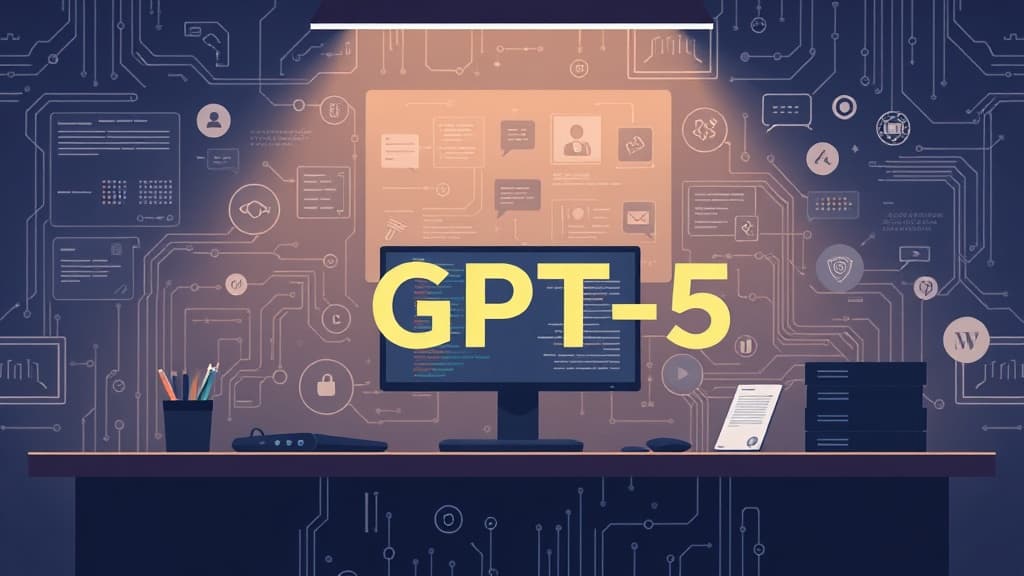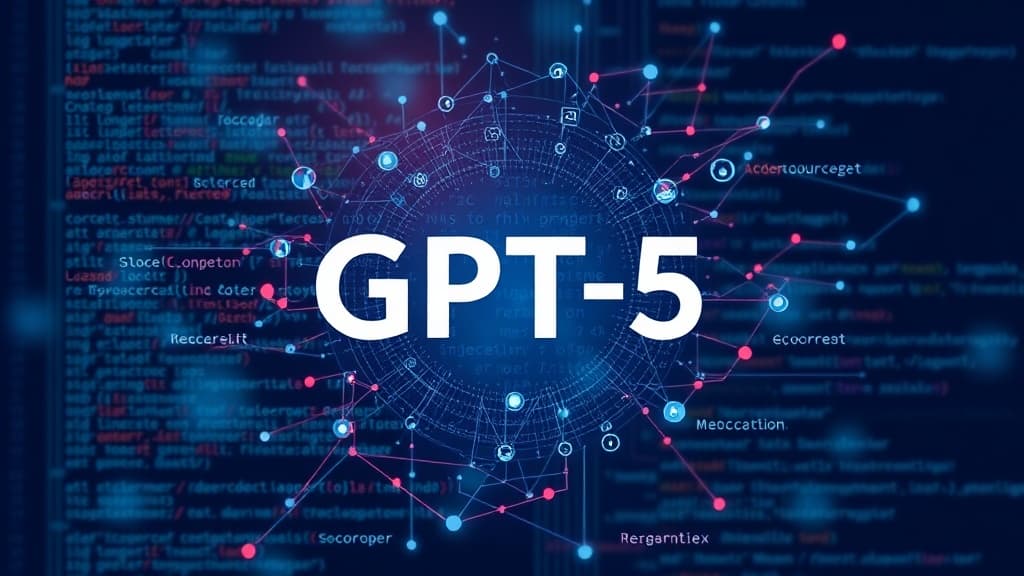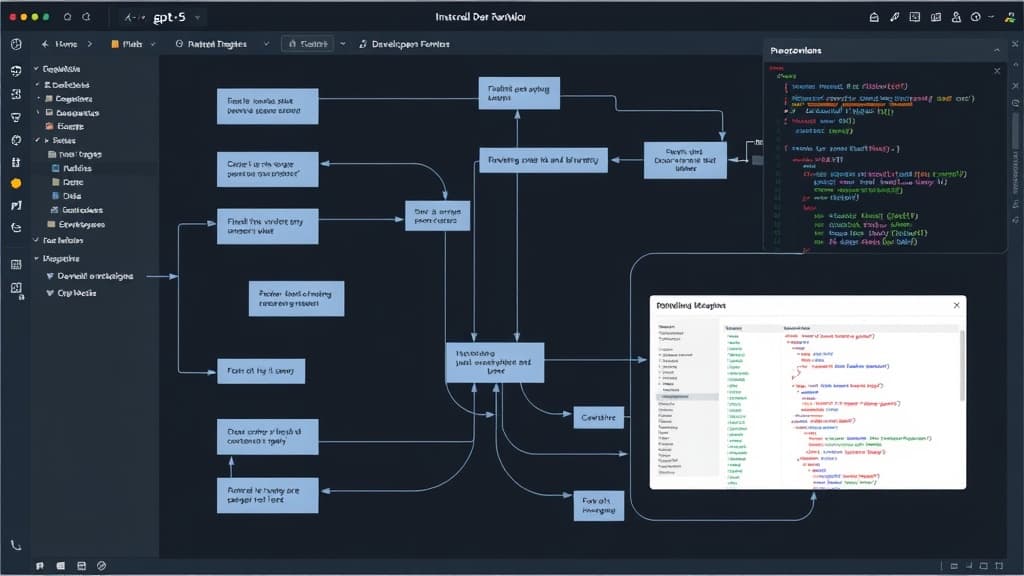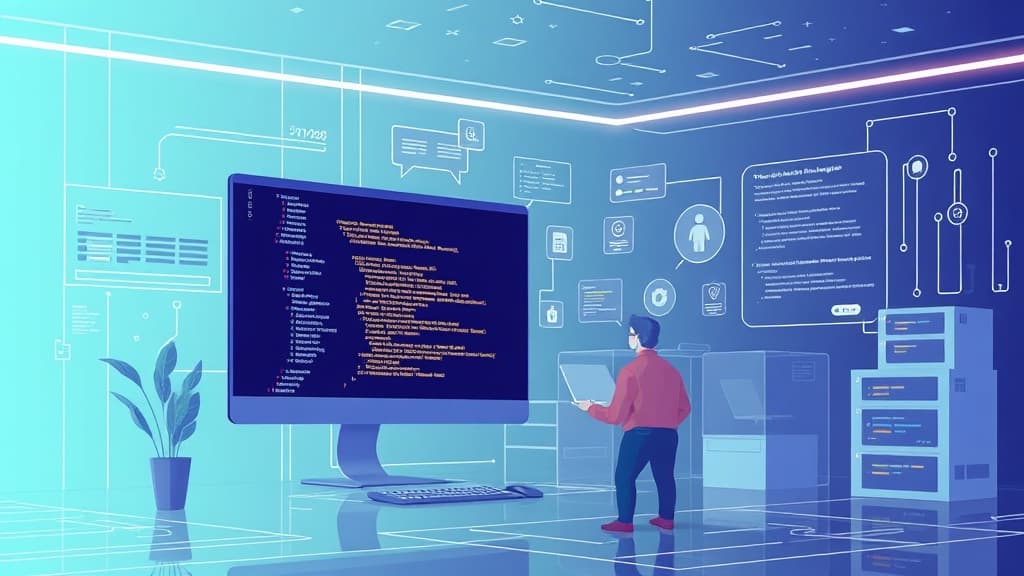GPT-5: Advancements in Natural Language Understanding

GPT-5: What’s Next in Natural Language Understanding?
Hey there, fellow developers! If you’re like me, you’ve probably been keeping an eye on the rapid advancements in AI, especially in natural language processing. With the evolution from GPT-3 to GPT-4, we've seen some pretty groundbreaking stuff. But what’s next? Is there really a GPT-5 on the horizon? While I can’t dive into specifics—since, as of October 2023, there’s no official word on its release—let's explore what we might expect based on the trends and advancements we've seen so far.
The Journey So Far: A Quick Recap
Before we jump into the hypothetical world of GPT-5, let’s take a moment to reflect on the journey of GPT models.
- GPT-3 made waves when it launched in June 2020, boasting around 175 billion parameters. It changed the game for text generation, providing coherent responses that felt almost human.
- Fast forward to March 2023, and we welcomed GPT-4, which brought improvements in contextual understanding and the ability to handle more complex tasks.
Both models have contributed massively to the way we interact with technology. So, what could GPT-5 offer that’s even better?
Expectations for GPT-5: What Could Change?
While specifics are scarce, here are some exciting possibilities we might see in GPT-5:
1. Enhanced Architecture
One of the most talked-about features is the potential increase in parameters. If GPT-4 had around 175 billion, we might see GPT-5 scaling even higher. More parameters could mean richer understanding and more nuanced responses.
In my experience, it’s not just about size; it’s about how well the model can grasp context. Imagine a model that not only understands the nuances of language but also picks up on subtleties like sarcasm or emotional tone. Pretty cool, right?
2. Contextual Awareness: A Step Up
Picture this: you're having a conversation with a chatbot about your favorite movies. Halfway through, you switch to discussing the latest tech trends. Wouldn’t it be great if the chatbot could remember your previous topic while smoothly transitioning to the new one? That’s the kind of contextual understanding we could expect from GPT-5.
It's likely that improvements in tracking conversation history and maintaining context will be a priority. Instead of losing track after a few exchanges, a more sophisticated model could handle long, flowing dialogues naturally.
3. Mastering Multi-Turn Dialogue
What’s interesting is that while GPT-4 made strides in multi-turn dialogues, there’s still room for improvement. GPT-5 might implement advanced mechanisms to manage complex conversations. For instance, if you’re asking about a software issue, and the AI can reference earlier parts of the conversation accurately, it’ll make the interaction feel way more intuitive.
This kind of capability could be a game-changer for customer service bots. They could provide tailored responses based on previous interactions, which would enhance user satisfaction significantly.
4. Fine-Tuning and Customization
Every project has its unique requirements, and that’s where fine-tuning comes in. Developers have always wanted better ways to customize these models for specific applications. With improved fine-tuning capabilities, GPT-5 could allow for more tailored implementations.
Imagine being able to train a model on your company's internal documents and then having it respond accurately to queries related to your specific domain. That would save loads of time and resources, wouldn’t it?
Current Developments: The Road to GPT-5
Even though we’re speculating about GPT-5, it’s crucial to acknowledge the ongoing improvements in AI. OpenAI has been busy refining GPT-4, making it more robust for developers. With continuous updates, there's been better performance in specialized tasks and enhanced safety features.
If you’re actively using OpenAI’s API, you might have noticed subtle shifts that enhance overall functionality. For instance, the way the models handle ambiguous questions has improved remarkably.
Real-World Applications and Use Cases
So, how can we expect these advancements to play out in real life? Let’s explore a few practical examples:
-
Customer Support: Imagine a customer service bot that genuinely understands your issue, remembers previous interactions, and offers solutions without requiring you to repeat yourself. This level of service could revolutionize customer experience.
-
Content Creation: Businesses can leverage GPT-5 to produce high-quality content, whether it’s articles, marketing materials, or social media posts. With better contextual understanding, the content generated would be more relevant and coherent.
-
Personalized Education: AI-driven tutoring systems could tailor learning experiences to individual students. Instead of one-size-fits-all approaches, imagine a system that adapts based on a student’s progress and responses.
-
Creative Collaborations: Writers could find a valuable partner in GPT-5, using it to brainstorm ideas, develop plots, or even generate dialogue. Having a tool that understands narrative structure could truly enhance the creative process.
A Glimpse at the Future: What’s Next?
While we’re all eagerly waiting for official announcements regarding GPT-5, it’s clear that the advancements in natural language understanding are heading in an exciting direction. Each iteration brings us closer to AI that’s not just reactive but proactive in understanding human needs and emotions.
For now, we can still play around with what we have. Here’s a quick code snippet to interact with OpenAI’s API. Even though this example is for GPT-4, you can easily swap in a future version like GPT-5 when it becomes available:
import openai
# Initialize the OpenAI API client
openai.api_key = 'YOUR_API_KEY'
# Example of using the API to generate text
response = openai.ChatCompletion.create(
model="gpt-4", # Hypothetically could be "gpt-5" in the future
messages=[
{"role": "user", "content": "What are the advancements in AI?"},
]
)
# Print the response from the model
print(response['choices'][0]['message']['content'])
In Conclusion: Key Takeaways
As we dive deeper into the world of AI, the anticipation around GPT-5 symbolizes not just technological advancement but a leap in understanding how we communicate. While we don’t have hard facts yet, the possibilities are exciting. Enhanced contextual understanding, better multi-turn dialogue, and improved customization are just some of the things that could redefine our interactions with AI.
So, keep your eyes peeled for updates from OpenAI and get ready to embrace the future of natural language understanding. Who knows? The next big leap might just be around the corner!


